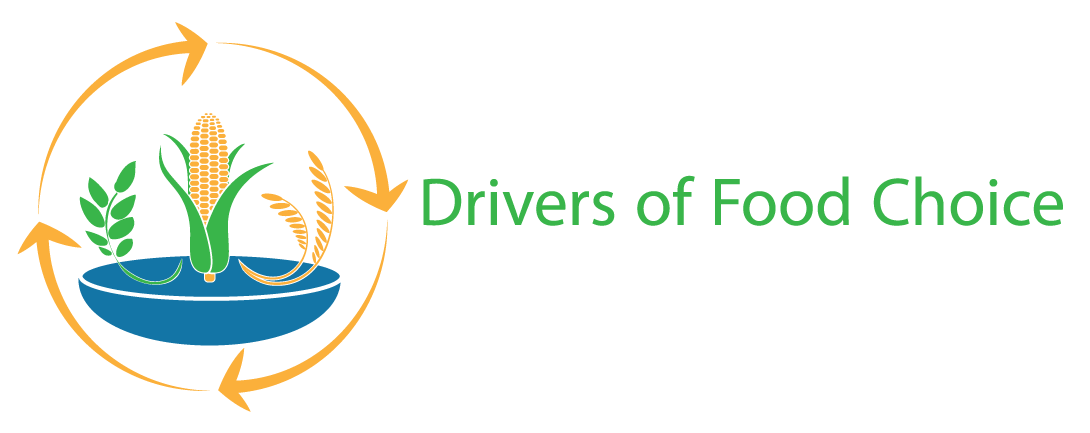Program, Policy and Intervention Drivers
This category encompasses drivers of food choice that distinctly originate within policies, programs, and interventions. Policy, program, and intervention drivers may originate in sectors or disciplines that are both directly and indirectly concerned with shaping food environments and food systems and ultimately, food choice behaviors. Research on the effects of program, policy, and intervention drivers on food choices will provide decision-makers with much-needed evidence concerning the intended and unintended effects of these instruments, which will promote more effective and nuanced design and targeting. Examples of program, policy, and intervention drivers include:
- The influence of specific agricultural, market or financial policies on food choice behaviors of affected households
- How increases in agricultural productivity and agricultural income differentially influence the food choice behaviors of individual household members (e.g., fathers, mothers, children, aged)
- The impact of policies or programs that increase diversity in household food production on food choice behaviors of individual household members
- How people make food choice decisions when they have extra income and how that affects diet diversity and quality (e.g., giving cash vs. food)
- The influence of changes in distribution of agricultural work on food choice behaviors of individual household members
- Development of methodologies to measure the impact of agricultural policies or projects on food choice processes, particularly food expenditures by households and individual food consumption.
